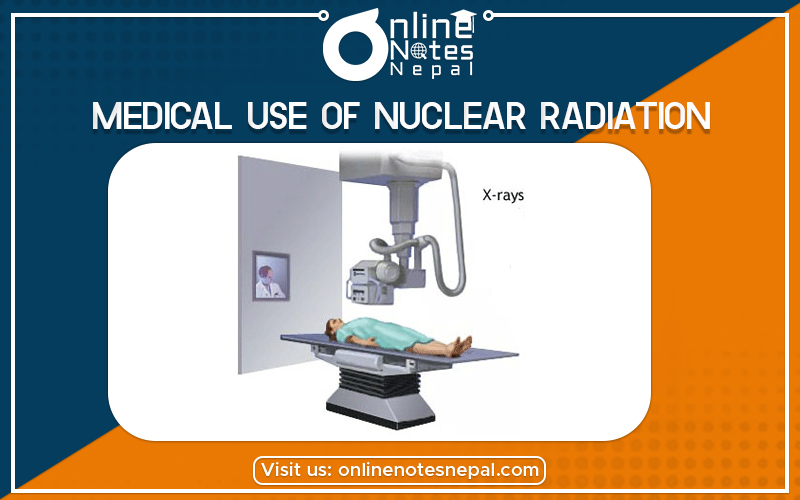Published by: Zaya
Published date: 25 Jun 2021

There are many uses of radiation in medicine. The most well-known is using x rays to see whether bones are broken. The broad area of x-ray use is called radiology. Within radiology, we find more specialized areas like mammography, computerized tomography (CT), and nuclear medicine (the specialty where radioactive material is usually injected into the patient). Another area of x-ray use is called cardiology—where special x-ray pictures are taken of the heart.
There are additional areas in medicine using radiation or radioactive material. These are for the treatment of disease or cancer and are commonly called therapy. A subspecialty in nuclear medicine is nuclear medicine therapy. A common example of nuclear medicine therapy is the use of radioactive iodine to treat thyroid problems, including thyroid cancer. A subspecialty of oncology (the study and treatment of cancer) in radiation oncology. As the name suggests, this area of oncology focuses on the use of radiation to treat cancer.
We’re going to take a short look at each of these with some common examples. Something to keep in mind is that there is no limit on the number of doctor-prescribed medical exams involving radiation that a person can have. Medical exams involving radiation are considered beneficial to the individual. This is where you can take an active role. You must know what the exam is, what it is for, and how the results will be important to what is needed for you medically.
Hazard Prevention and Control
Effective controls protect workers from workplace hazards; help avoid injuries, illnesses, and incidents; minimize or eliminate safety and health risks, and help employers provide workers with safe and healthful working conditions. The processes described in this section will help employers prevent and control hazards identified in the previous section.
To effectively control and prevent hazards, employers should:
Action item 1: Identify control options
A wealth of information exists to help employers investigate options for controlling identified hazards. Before selecting any control options, it is essential to solicit workers’ input on their feasibility and effectiveness.
How to accomplish it
Collect, organize, and review information with workers to determine what types of hazards may be present and which workers may be exposed or potentially exposed. The information available in the workplace may include:
Review sources such as OSHA standards and guidance, industry consensus standards, National Institute for Occupational Safety and Health (NIOSH) publications, manufacturers’ literature, and engineering reports to identify potential control measures. Keep current on relevant information from the trade or professional associations.
Investigate control measures used in other workplaces and determine whether they would be effective at your workplace.
Get input from workers who may be able to suggest and evaluate solutions based on their knowledge of the facility, equipment, and work processes.
For complex hazards, consult with safety and health experts, including OSHA’s On-site Consultation Program.